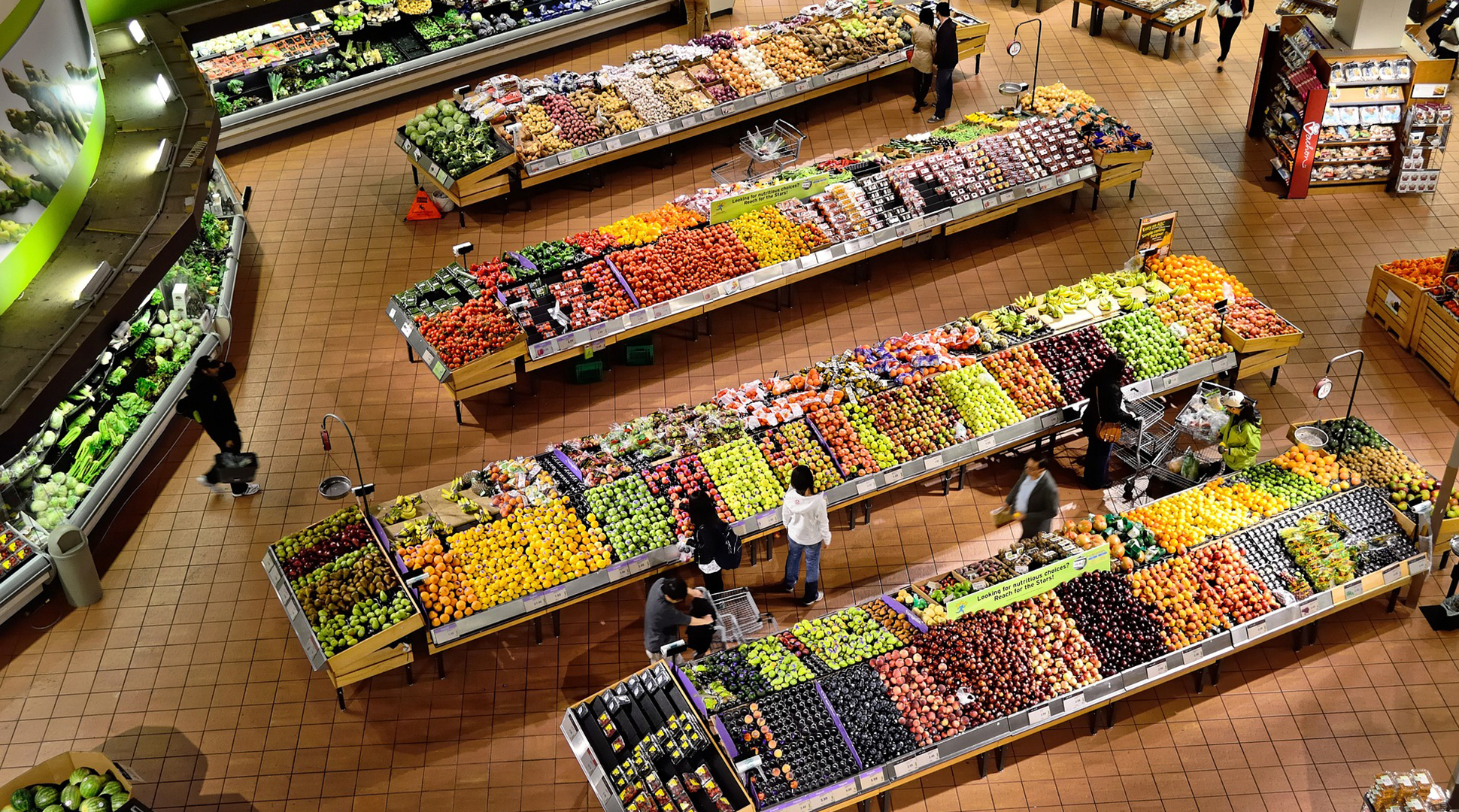By Robert Giblin
Trends and changes in the food industry are more dynamic than ever. While trends always shift and others emerge over time, the convergence of rapidly developing technologies, shifts in consumer demographics, desires and expectations, food retailing and diets are creating core changes that will have profound effects on food and agriculture.
A recent report by global consulting and management firm McKinsey & Company, “The future of personalization – and how to get ready for it,” says personalization will be the prime driver of marketing success within the next five years. The report says that advances in technology, data and analytics will soon allow marketers to create much more personal and “human” experiences across moments, channels and buying stages. While the report is broader, it reflects some of the changes going on at the retail grocery level in terms of how retailers relate to consumers.
In food, consumers seek personalized experiences that involve their health, diet, mind, emotions, digestion and appearance. Delivering those experiences will involve creating interactions at multiple levels, using artificial intelligence to both analyze and enhance the experience.
For example, facial recognition technology may be used at a store to recognize consumers and link them to products based on their preferences, incorporating digital interaction with tools that consumers use, such as Google Home, Amazon Echo or Facebook Portal, their phones, other technologies and knowledge of their purchasing patterns and other inputs gained through loyalty programs or payment information. The grocer will create a shopping experience to help guide food purchases and menu planning, calling attention to products or brands that not only meet consumer dietary needs or goals, but also emotional needs such as environmental stewardship, animal welfare, clear labeling and plant-based products.
Consumers are asking for clearer labeling. They want to know what is in their food, where it came from and how it was produced. However, several so-called “clean and clear” marketing campaigns and labels used in the past few years failed. Even though consumers still buy based on desires and emotions, access to more and better information created a backlash – avoidance and boycotts – against meaningless “free-from” and fearmongering campaigns and labels. Consumers want “clean” products, but honest information.
Consumers also are rediscovering some of the more mainstream things – like fat – that they have avoided for years. While “grass-fed” beef has been promoted for the past several years, it’s OK again to feature “corn-fed” on menus and labels. Prime beef is re-appearing in meat cases, and 80/20 (lean/fat percentage) hamburger is being promoted for its flavor. Demand is also growing for high-quality, higher-fat pork products, fueled in part by the popularity of pork for grilling and barbecuing.
Also interesting – while overall milk consumption fell by more than 20% from 2000 to 2016, there are signs that it may make a comeback, especially whole milk. Though there are conflicting studies, some show that flavor is the most important consumer attribute driving milk purchases, yet the industry has long promoted nutrition and low-fat milk products.
Now, consumers are again discovering whole milk for its flavor advantages over 2%, 1% and skim. Farmers and others are also pushing to re-incorporate whole milk into school lunch programs. Several companies have introduced high-end, whole-milk chocolate milk products that are gaining strong followings, including among older adults.
Closely related – for some time now, great taste has fueled demand and market growth for unique, highly flavorful and locally grown cheeses.
Fermented products are also gaining ground. As consumers seek “gut health,” they are moving beyond sauerkraut and seeking more products with probiotic values. Once rare, kombucha drinks are now commonplace in store coolers. Fermented probiotic pepper and hot sauces are emerging as value-added products, with some directly produced by farmers.
These are just a few examples showing that the rate of change and investment in new food products is growing at an unprecedented pace. While hard to keep up with, these radical and exciting changes bring new opportunities for farmers and ranchers to adapt and change to meet new consumer needs.
Robert Giblin writes, speaks and consults about agricultural and food industry issues, policies and trends.
